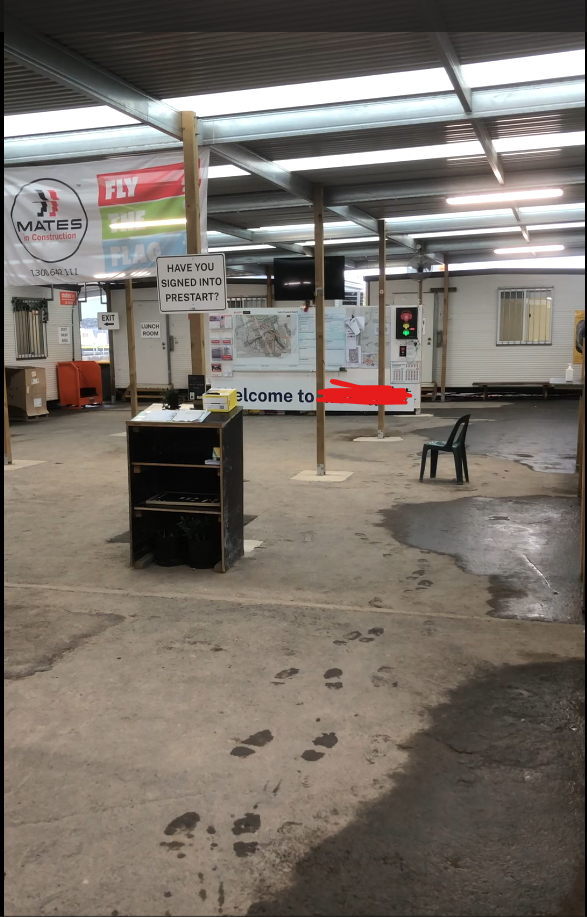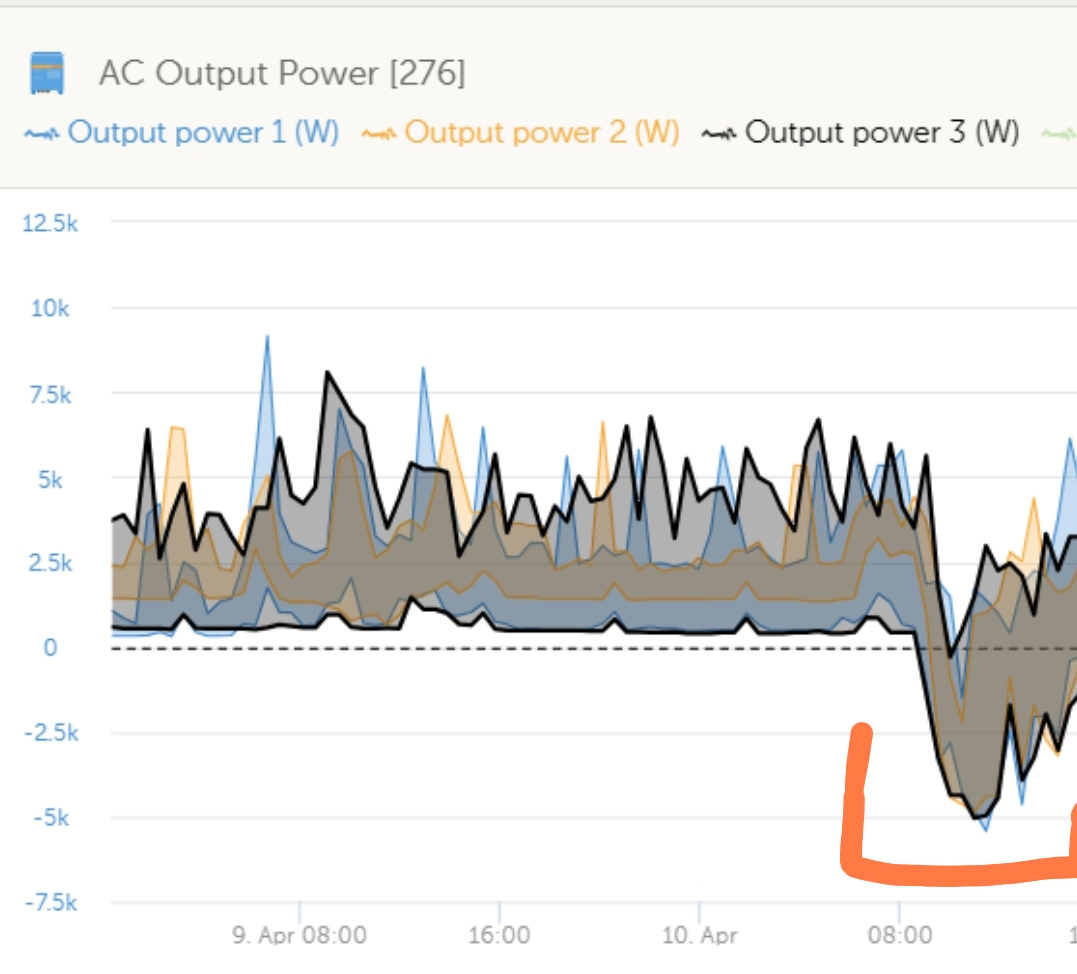Hi All,
I've run into an issue I've never seen before, hoping someone on here might have some insight!
As per the video below, we are having sporadic pulsing of lights at the site where our installation is. In the video at approx 40 seconds, the lights start pulsing at around 1Hz.
There are about 10 huts on the site, in addition to ~10 outside lights in the central area. Standing in the middle area, different groups of huts will be pulsing at random times, and the outside lighting will also pulse at random times. From what I've gathered, the set of huts that are pulsing at any given time are likely all tied to the same phase, and therefore being driven by some issue in the given inverter at that point in time.

I spent an entire day isolating different sections of the site and disconnecting any potentially troublesome loads (water boilers, ice makers etc.), and as far as I've seen, the issue persists with random load combinations. I.e. switch off one half of the site, the issue is there. Switch off that half and switch on the other half, the issue is there again.
We have quite a few similar installations with the same type of loads and we haven't seen this issue before, so I'm leaning towards this being a system issue rather than a load issue.
The system is as follows:
- 3 Phase: 1 x 10kVA Quattro per phase
- 66kVA genset on AC1 in, nothing on AC2
- 3 x 8.2k Fronius Primo
- 40kWh Powerplus LiFe4833P 48V
Notes on the Solar System:
Based on previous posts I'd seen, I thought it might be an issue with the Fronius Inverters, however, I shut down and isolated all the solar and the issue persisted. I also deleted the PV assistant to see if this was causing interference, but this had no effect and the issue persisted.
When the solar was shut down/isolated, and the PV assistant deleted, from the perspective of the Victron system the PV side of the system effectively didn't exist, and the issue persisted, so I'm quite confident this is not where the issue is coming from.
Notes on the Genset:
When the genset is running, the issue stops. The issue is only evident when the system is running on the inverters alone.
Notes on the Inverters:
The issue begins when the genset turns off and the system begins operating from the inverters/batteries alone.
For context:
- The system is operating well within its capacity/not being overloaded. During operational hours, the average power per phase is about 2-5kW. The issue appears to happen both in cases where a phase is lightly loaded and where a phase is medium loaded.

The big irregularity that I'm seeing is that the output voltage is highly unstable! As can be seen below, the voltage jumps all over the place between 225V and 250V, and in outlier cases, can drop to ~200V, or up to 256V.



This issue is making it very difficult for people to work on-site so a solution is quite urgent and our distributor appears to be out of ideas at the moment.
If anyone has come across a similar issue in the past, your insight would be greatly appreciated!
Please let me know if anything needs further clarification,
Best Regards,
Jethro

